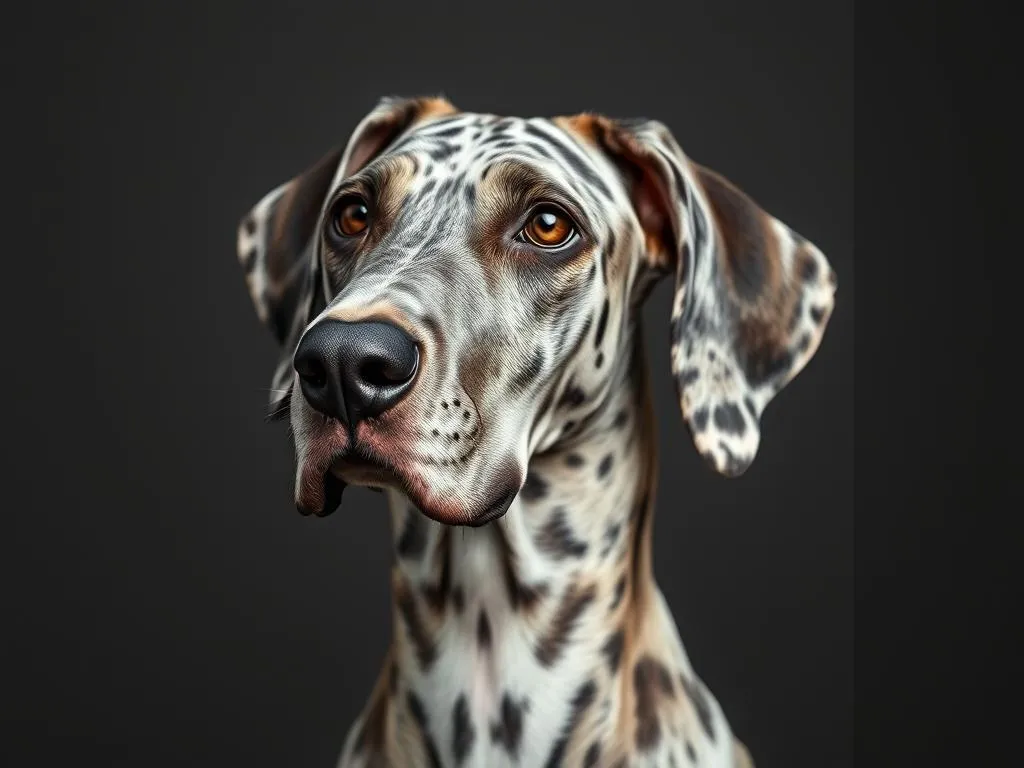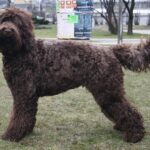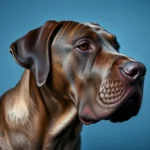
Introduction
Dog breeds come in various shapes, sizes, and temperaments, each significant in their unique way. Among the myriad of breeds, the Fawn Great Dane stands out not just for its imposing size but for its gentle nature and regal appearance. Understanding the characteristics of this breed is vital for potential dog owners, ensuring they can provide the best environment and care for their new companion. In this article, we will delve into the history, characteristics, care requirements, training, and common misconceptions about the Fawn Great Dane.
History of the Great Dane
Origin of the breed
The Great Dane’s origins can be traced back to ancient times, with roots in Germany and the Mediterranean region. Initially bred as a hunting dog for large game, the Great Dane was known for its strength and speed. Its lineage includes the English Mastiff and the Greyhound, resulting in a breed that is both powerful and elegant.
Evolution over the years
Throughout the centuries, the Great Dane evolved from a fierce hunting companion to a beloved family pet. The breed’s purpose shifted, and it became a symbol of nobility and grandeur. The Fawn coloration, characterized by a yellow-gold coat with a black mask, emerged as one of the most popular and recognized color patterns.
The role of Great Danes in various cultures
Great Danes have been featured in art and literature throughout history, often associated with nobility. Their gentle temperament has made them popular in households, where they are cherished as gentle giants. In modern times, they have also been used as therapy dogs, showcasing their ability to provide comfort and companionship.
Characteristics of the Fawn Great Dane
Physical traits
The Fawn Great Dane is known for its impressive stature. Males typically weigh between 140-175 pounds, while females range from 110-145 pounds. Their height can reach up to 30 inches at the shoulder, making them one of the tallest dog breeds.
The coat of a Fawn Great Dane is short, smooth, and dense, with the signature fawn color accompanied by a black mask. Distinctive features include their long, elegant necks, straight back, and strong, muscular bodies. Their ears can be cropped or left natural, contributing to their regal appearance.
Temperament
The temperament of the Fawn Great Dane is one of its most appealing traits. They are known for being friendly, affectionate, and good-natured. Great Danes have a gentle disposition, making them excellent companions for families with children. Their protective instincts make them reliable watchdogs, yet they are generally not aggressive.
Behavior with other pets is usually positive, as they tend to be sociable and enjoy the company of other animals. However, early socialization is essential to ensure they grow up to be well-adjusted adults.
Lifespan and health considerations
The average lifespan of a Fawn Great Dane ranges from 7 to 10 years, which is typical for large breeds. Despite their robust appearance, they are susceptible to certain health issues, including hip dysplasia, bloat, and heart problems. Regular veterinary check-ups and a healthy lifestyle can help mitigate these risks.
Fawn Great Dane Care Requirements
Nutrition
Providing the right nutrition is crucial for the health and well-being of a Fawn Great Dane. A balanced diet rich in high-quality protein, healthy fats, and essential vitamins and minerals is recommended. Large breed dog food is ideal, as it is formulated to meet their specific needs.
Portion sizes depend on the dog’s age, weight, and activity level. Generally, adult Great Danes should be fed twice a day, while puppies may require three to four meals. Monitoring their weight is essential to prevent obesity, which can exacerbate health issues.
Exercise needs
Although they are known for their size, Fawn Great Danes are not overly energetic. Still, they require regular exercise to maintain a healthy weight and mental stimulation. Daily walks, play sessions, and time in a secure yard are essential components of their exercise routine.
Mental stimulation is also important. Engaging in interactive games like fetch or puzzle toys can keep them mentally sharp and prevent boredom, which can lead to destructive behavior.
Grooming
The grooming needs of a Fawn Great Dane are relatively low due to their short coat. Regular brushing helps remove loose hair and keeps their coat shiny. Bathing should be done as needed, typically every few months, to avoid stripping their natural oils.
Nail trimming is also crucial, as long nails can cause discomfort and health issues. Regular dental care, including brushing their teeth and providing dental chews, contributes to overall health and freshness.
Training a Fawn Great Dane
Importance of early socialization
Early socialization is vital for a Fawn Great Dane to ensure they grow up to be well-rounded adults. Exposing them to various environments, people, and other animals during their critical development period helps them develop confidence and reduces the likelihood of behavioral problems later in life.
Basic obedience training
Training a Fawn Great Dane involves establishing clear boundaries and using positive reinforcement techniques. Essential commands such as sit, stay, come, and heel are crucial for their safety and your peace of mind. Training sessions should be kept short and engaging, as their attention span may wane.
Dealing with behavioral issues
Despite their gentle nature, Fawn Great Danes can face behavioral challenges, especially if not properly trained. Common issues include jumping, chewing, and stubbornness. Consistent training and redirection techniques can help address these behaviors effectively. For persistent problems, consulting a professional trainer experienced with large breeds may be beneficial.
Living with a Fawn Great Dane
Space and housing needs
While Fawn Great Danes can adapt to various living situations, they thrive in homes with ample space to move around. Larger homes with yards are ideal, but they can also adjust to apartment living if provided with sufficient daily exercise. Their size means that furniture and space considerations are essential, as they can inadvertently knock over items.
Interaction with family members
The Fawn Great Dane often becomes an integral part of the family. They are known for being affectionate and protective of their loved ones. Their gentle demeanor makes them great companions for children, and they tend to bond closely with their families.
Travel considerations
Traveling with a Fawn Great Dane requires some planning. Their size means that a spacious vehicle is necessary for comfort during long trips. It’s essential to provide them with plenty of breaks for bathroom needs and exercise. Acclimating them to car rides from a young age can help ease any anxiety associated with travel.
Common Misconceptions About Fawn Great Danes
Size-related myths
One of the most common misconceptions about Fawn Great Danes is that their size makes them overly aggressive. In reality, they are known for their gentle and friendly nature. Proper training and socialization are the keys to ensuring they behave appropriately.
Misunderstandings about temperament
Another misconception is that Great Danes are not suitable for families with small children or other pets. On the contrary, Fawn Great Danes are often excellent companions for families and can coexist peacefully with other animals if correctly socialized.
Care misconceptions
Some believe that the care of a large breed like the Fawn Great Dane is overly complicated. While they do have specific needs, their grooming and exercise requirements are manageable with proper planning. Understanding their needs helps ensure a fulfilling life for both the dog and its owner.
Conclusion
The Fawn Great Dane is a remarkable breed, known for its impressive stature and gentle disposition. Understanding their history, characteristics, and care requirements is crucial for potential dog owners. With proper training, socialization, and care, a Fawn Great Dane can be a loving and loyal companion. As with any breed, responsible pet ownership and thorough research are essential in providing a happy and healthy life for your furry friend.
FAQs
What is the average lifespan of a Fawn Great Dane?
The average lifespan of a Fawn Great Dane is between 7 to 10 years.
Are Fawn Great Danes good with children?
Yes, Fawn Great Danes are known for their gentle nature and are often excellent companions for children when properly trained and socialized.
How much exercise does a Fawn Great Dane need?
A Fawn Great Dane requires regular exercise, including daily walks and playtime, to maintain a healthy lifestyle.
Do Fawn Great Danes have any common health issues?
Yes, common health issues in Fawn Great Danes include hip dysplasia, bloat, and heart problems. Regular veterinary check-ups are essential for monitoring their health.
How should I train my Fawn Great Dane?
Training a Fawn Great Dane should focus on positive reinforcement techniques, early socialization, and basic obedience commands to ensure they grow into well-behaved adults.









